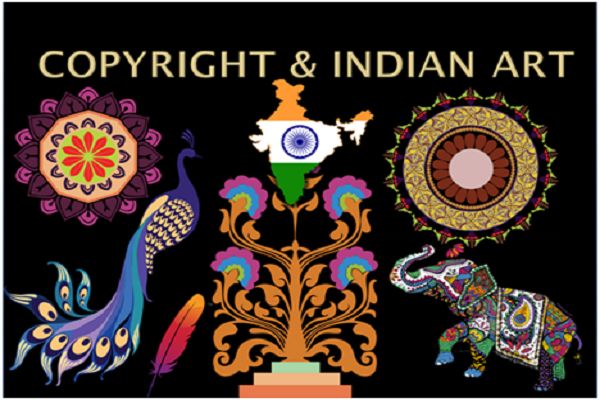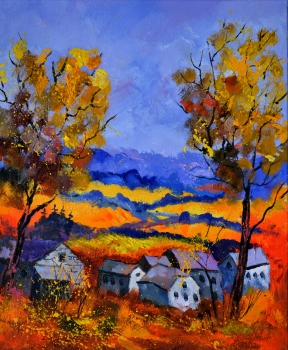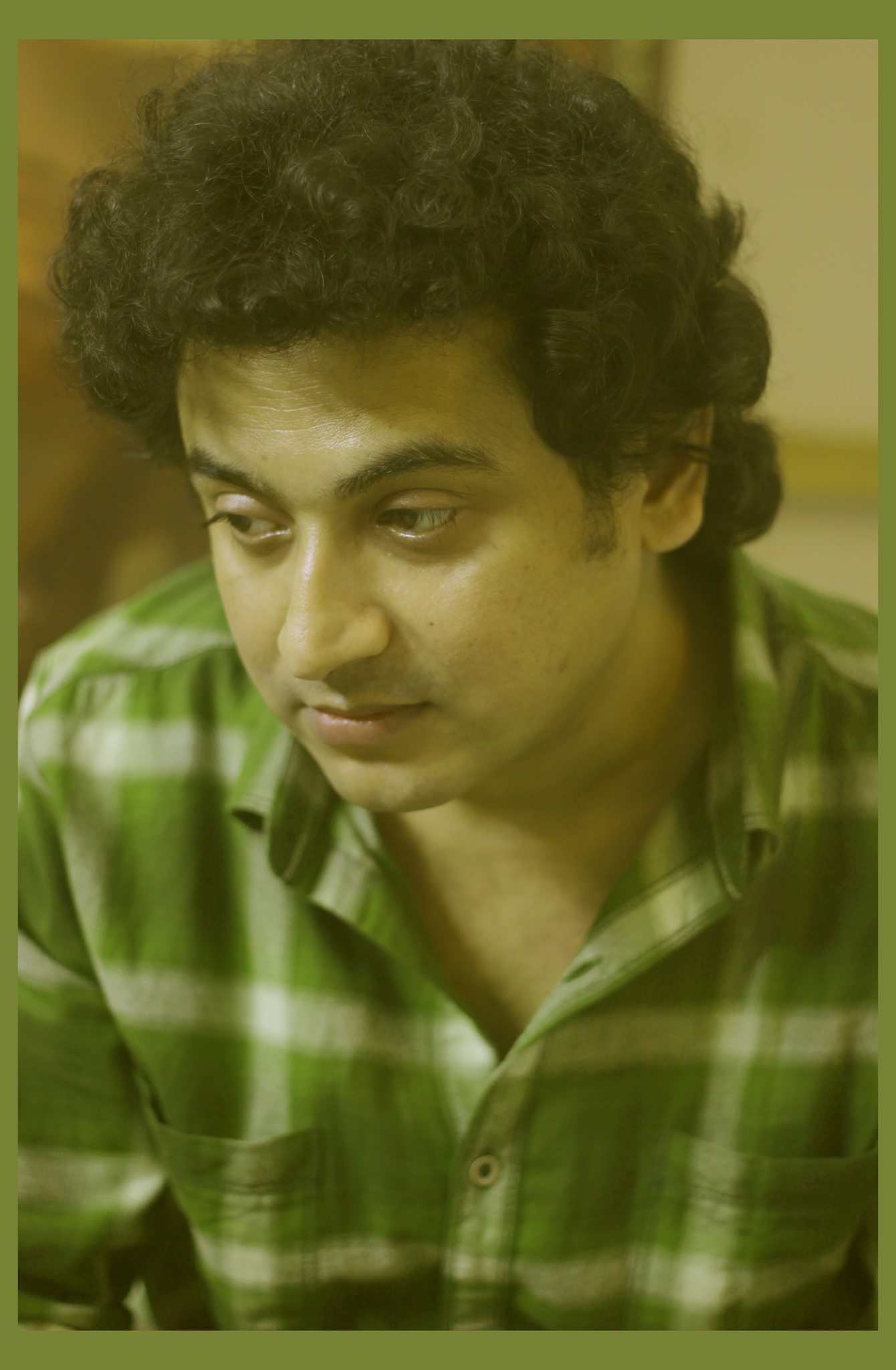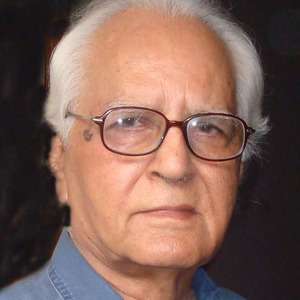
India is known for its glorious and splendid history of art and architecture which spans thousands of years. India was the only Asian country known to be visited by many foreign travelers such as Faxian, Huein Tsang, Ibn Battuta, and Marco Polo. This has incited much fascination all over the world for the unique and mysterious art of India ever since. Indeed, India has been an inspiration to many global artists, thanks to her sparkling and unique art.
However, there is another side to this glorious history. Indian art history is also known for being replicated by foreign intellectuals. Various Indian artistic expressions and art forms have been smartly imitated by European artists and architects.
For instance, if you visit Lutyen’s Delhi, you can find numerous buildings whose design has been craftily imitated from the ancient historical structures of the Indian subcontinent. This includes the modern-day Parliament House and Rashtrapati Bhawan. This trend continued due to the lack of intellectual property rights. No wonder such attempts are made even today by crooks!
However, in today’s era, we have a legal shield against such foul attempts to imitate Indian art forms. This protection vests in Copyright registration.
1. What are the threats to Indian art?
Every talented artist, craftsman or a painter is keen about preserving his own exceptional and innovative work of art. An artist may proudly possess a wide collection of their own creative work, such as-
- Abstract artwork
- Perspective paintings
- Music records
- Symphonies
- 3D designs
He might be concerned about societal risks, for example, bootlegging or alteration of his work without his consent.
2. Why get a Copyright?
The Indian Government has defined different laws for the safeguarding of Intellectual Property Rights, in order to cover all threats of original art forms. There is one such Intellectual Property Right that covers all the artworks, and that is Copyright. If you want to get a legal shield for your original artwork, you must apply for Copyright registration.
3. Which law governs Copyright in India?
The Government prevents the contravention of copyright through the Indian Copyright Act, 1957.
4. How can Copyright protect the uniqueness of creative art?
Copyright plays the role of a crucial resource for an artist, which is treated as an intangible asset.
Once you apply for copyright registration of your original artistic work, the same shall be scrutinized by the copyright authority in order to check the originality of artistic work.
Generally, it takes 3-4 months for assessment. Once the assessment is successfully done, the Copyright authority shall issue a certificate in the name of the artist.
This certificate substantiates that the applicant/artist has the sole right over that specific artistic work.
5. Can Copyright provide financial benefit to an artist?
Yes, of course! By getting a copyright registration,
- One can also allow or endorse other artisans or a trader to utilize his artistic work for commercial and other purposes against regular payment of royalty.
- Also, one can sell his creations to third parties at an art gallery for a handsome price.
- Along these lines, the artist can eventually grow as his own boss and can allow his clients to use his work or to modify his creation according to his own terms & conditions.
Hence, the significance of copyright for preserving Indian art can never be overlooked in today’s era of deception.





















